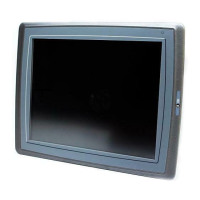Chemical Resistance
Solvent Resistance
Autotex F157/F207 withstands exposure of more than 24 hours duration under
DIN42115Part2tothefollowingchemicalswithoutvisiblechange:
Acetonitrile DieselDowney /Lenor
1
Phosphoric acid (<30%)
Ajax / Vimin solution EthanolPotassiumferricyanide
Alkalicarbonate solution
1
Glycerine Potassium hydroxide
(<30%)
Ammonia(<40%)
1
Glycol Pure Turpentine
Acetic acid (<50%) Gumption
1
SBP 60/95
1
Ariel powderin solution
1
Hydrochloricacid (<36%) Sulfuric acid (<10%)
Bleach
1
Linseed oil Tomato ketchup
Castoroil Methanol Trichloroacetic acid
(<50%)
Caustic soda (<40%)
1
Nitric acid (<10%) White Spirit
Cutting oil Paraffinoil Windex
1
Cyclohexanol Persilpowder in solution
1
Wisk
Diacetonealcohol Petroleum spirit
1
-
1
Extremely faint glossing of the texture was noted.
Autotex withstands DIN 42 1
15 Part 2 exposure of up to 1 hour duration to glacial
acetic acid without visib
le change.
Autotex is not resistant to high pressure steam at over 100 °C or the following
chemicals:
Concentratedmineral acids Benzyl alcohol
Concentrated caustic solution Methylenechloride
Outdoor Use
In common with all polyester based films Autotex F157/F207 is not suitable for
use in conditions of long term exposure to direct sunlight.
4.2.2 Touch S
creen S urface
The touch screen surface on the operator panel withstands exposure to the
following solvents without visible change:
Solvents Time
Acetone 10 minutes
Isopropanol 10 minutes
Toluene 5 hours
Beijer Electronics, MAEN774E
14

